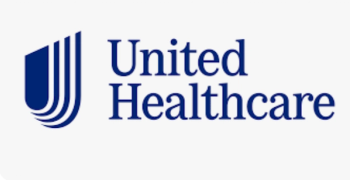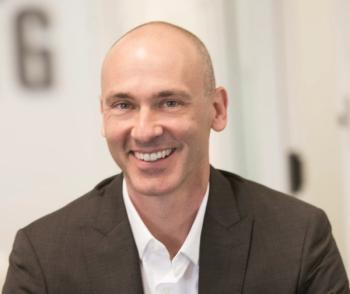
The Best Practices in Creating a Patient-Centric Health System According to Chris Evanguelidi of Redpoint Global
Briana Contreras, associate editor of Managed Healthcare Executive, spoke with Chris Evanguelidi, head of healthcare at Redpoint Global, about the best practices for closing the healthcare experience gap and devising an effective patient engagement strategy through a more patient-centric health system.
Below is a brief Q&A from the interview. The text has been edited for clarity.
Q: Can you share what you've seen in the healthcare industry? What possibly works best in closing these healthcare experience gaps? Lastly, what do you feel are the best practices in creating a better patient-engagement strategy?
A: We've seen a lot to be quite frank. We have a lot of healthcare clients and we have a solution that's very secure around the data. If you want to know all that's knowable about someone's health, you need all the data on their health. If you want to know all that's knowable on a consumer, you need all the data on the consumer. So from that standpoint, I've seen companies that do a really good job of knowing all this.
We have clients that start with nothing - no database and no way to engage if they did. I also see customers who've gone down the journey. They've been on it for 2, 3, 4 years, always thinking about the customer-centric approach and everything they built. In that scenario, what I can tell you is there's a lot of hope because right now, we have a customer. That is what I say of generation two: they've married the payer with the provider. So now, all of the ways that you pay for the care that needs to be there, is in it together with where you're going to get the care. So essentially, that relationship is incentivized to take care of the patient's health. That's what value based care is. I'm not going to pay you fee for service for $1, I'm going to pay you for improving the patient's health.
So, providers are using the business model taking down the silos and having the same goals around changing the experience for the patient. I'll tell you why. What happens is, let's say the ACA market or individualized plan is for people who are either not working, have a small business, or they are low income, and they need to be able to get assistance to purchase insurance. Well, they also typically are the most unhealthy because they've never had insurance. They couldn't afford to go see the doctor, so instead of going into a bad healthcare experience, they're being sent to the brand new way that new doctors that are only focused on their health. Their first experience right out of the gate with healthcare is positive.
Now, here's the other thing. Some of these people speak English, some speak Spanish, right? So there's doctors who speak English, and they speak Spanish. Some people who speak Spanish prefer to be spoken to in Spanish in one way with certain groups, and they prefer to speak English with other groups. How do you know that? Well, we know that because we have consumer data, they tell us, they interact with us different ways. So this new healthcare company that I'm talking about, they send out language and videos and anything that the patient's language and the way the patient wants to see it. So that's how it starts. And now all of a sudden, you build trust with the patient, you build trust with the consumer. What happens when you build trust with someone, they give you more information, more data about them, right. And so now it's a full circle, all works together, everyone's working together. So that's what I'm seeing work in, in the industry.
Newsletter
Get the latest industry news, event updates, and more from Managed healthcare Executive.


















































